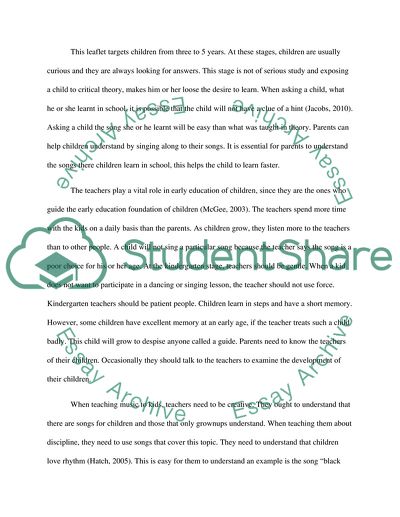Cite this document
(“Creativity in music and children learning in 3-5 years Annotated Bibliography”, n.d.)
Retrieved de https://studentshare.org/education/1591995-creativity-in-music-and-children-learning-in-3-5-years
Retrieved de https://studentshare.org/education/1591995-creativity-in-music-and-children-learning-in-3-5-years
(Creativity in Music and Children Learning in 3-5 Years Annotated Bibliography)
https://studentshare.org/education/1591995-creativity-in-music-and-children-learning-in-3-5-years.
https://studentshare.org/education/1591995-creativity-in-music-and-children-learning-in-3-5-years.
“Creativity in Music and Children Learning in 3-5 Years Annotated Bibliography”, n.d. https://studentshare.org/education/1591995-creativity-in-music-and-children-learning-in-3-5-years.


